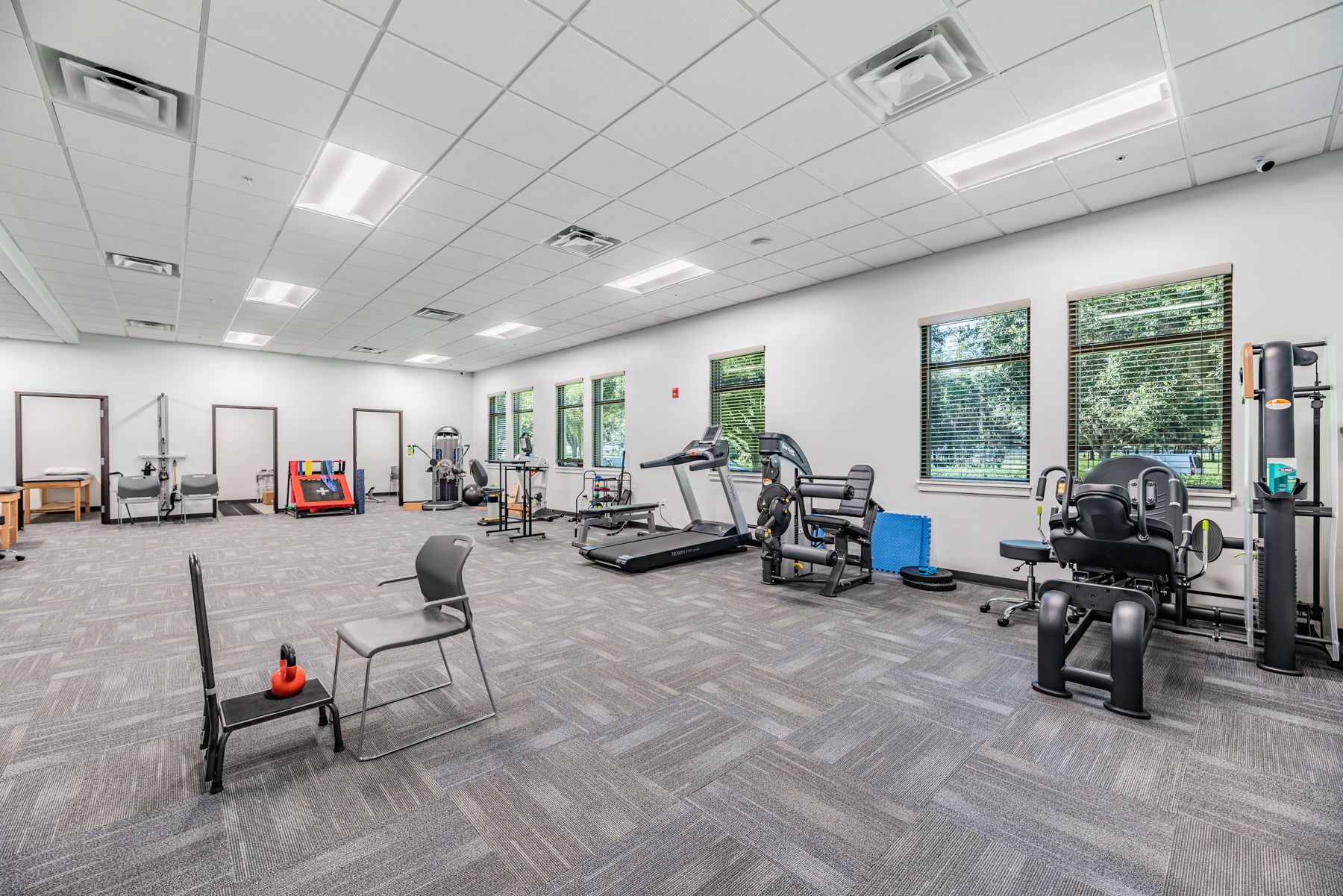
Undergoing surgery, whether it’s for a joint replacement, injury repair, or any other medical procedure, is a significant step toward improved health and well-being. However, the true path to recovery doesn’t end in the operating room. It continues with physical therapy and home exercises, which play a pivotal role in helping patients regain strength, mobility, and independence. In this blog, we’ll explore the importance of post-surgery physical therapy and home exercises, and why they are key to a successful recovery.
Benefits of Physical Therapy in Surgery Recovery
1. Restoring Mobility and Function
After surgery, it’s common for patients to experience stiffness and limited mobility in the affected area. Physical therapy is specifically designed to address these issues. Physical therapists use a variety of techniques and exercises to help restore joint flexibility, range of motion, and overall function. Regular sessions gradually increase mobility and reduce pain, making daily activities easier to perform.
2. Preventing Muscle Weakness and Atrophy
Prolonged immobility or limited use of a limb or joint can lead to muscle weakness and atrophy. Physical therapy includes exercises that target these muscles, preventing them from deteriorating further and helping them regain strength. This not only aids in recovery but also reduces the risk of future injuries.
 3. Reducing Pain and Discomfort
3. Reducing Pain and Discomfort
Post-surgery pain and discomfort are common, but physical therapy can help manage and alleviate these symptoms. Therapists use techniques like manual therapy, modalities (such as heat or cold therapy), and therapeutic exercises to minimize pain and improve overall comfort.
4. Individualized Treatment Plans
Physical therapy is not a one-size-fits-all approach. Therapists create individualized treatment plans tailored to each patient’s specific needs and recovery goals. This personalized approach ensures that the rehabilitation process is effective and safe.
5. Enhancing Circulation and Healing
Physical therapy helps promote better blood circulation to the surgical site, which is crucial for tissue healing and reducing the risk of complications like blood clots. Mobilizing the affected area through exercises and movements supports the delivery of oxygen and nutrients to the healing tissues.
6. Preventing Scar Tissue Buildup
Surgery often leads to the formation of scar tissue around the incision site. Without proper care and exercises, this scar tissue can become stiff and limit joint mobility. Physical therapists use techniques like scar massage and stretches to prevent excessive scar tissue buildup and maintain tissue flexibility.
7. Education and Empowerment
Physical therapists not only guide patients through exercises but also educate them about their condition, surgical procedure, and how to manage their recovery at home. This knowledge empowers patients to take an active role in their healing process.
8. Transition to Home Exercises
Home exercises are a crucial part of post-surgery recovery. Physical therapists teach patients how to perform these exercises correctly, providing written instructions and visual aids to facilitate compliance. Consistency with home exercises helps maintain progress between therapy sessions.
9. Long-Term Benefits
The benefits of physical therapy extend beyond the immediate recovery period. Patients who diligently follow their therapy and exercise regimens are more likely to experience long-term improvements in mobility, function, and quality of life.
10. Emotional Support

Physical therapy sessions offer emotional support and encouragement as patients work through the challenges of recovery. Therapists provide motivation and help patients set realistic goals, contributing to a positive mindset during the healing process.
Conclusion
Physical therapy and home exercises are integral components of post-surgery recovery. They promote mobility, reduce pain, prevent complications, and empower patients to take control of their healing journey. If you’ve undergone surgery or are planning to, recognize the importance of physical therapy and commit to following your therapist’s guidance. Remember that the path to recovery may be challenging at times, but with determination and the support of your healthcare team, you can achieve a successful and fulfilling recovery that leads to a better quality of life.




